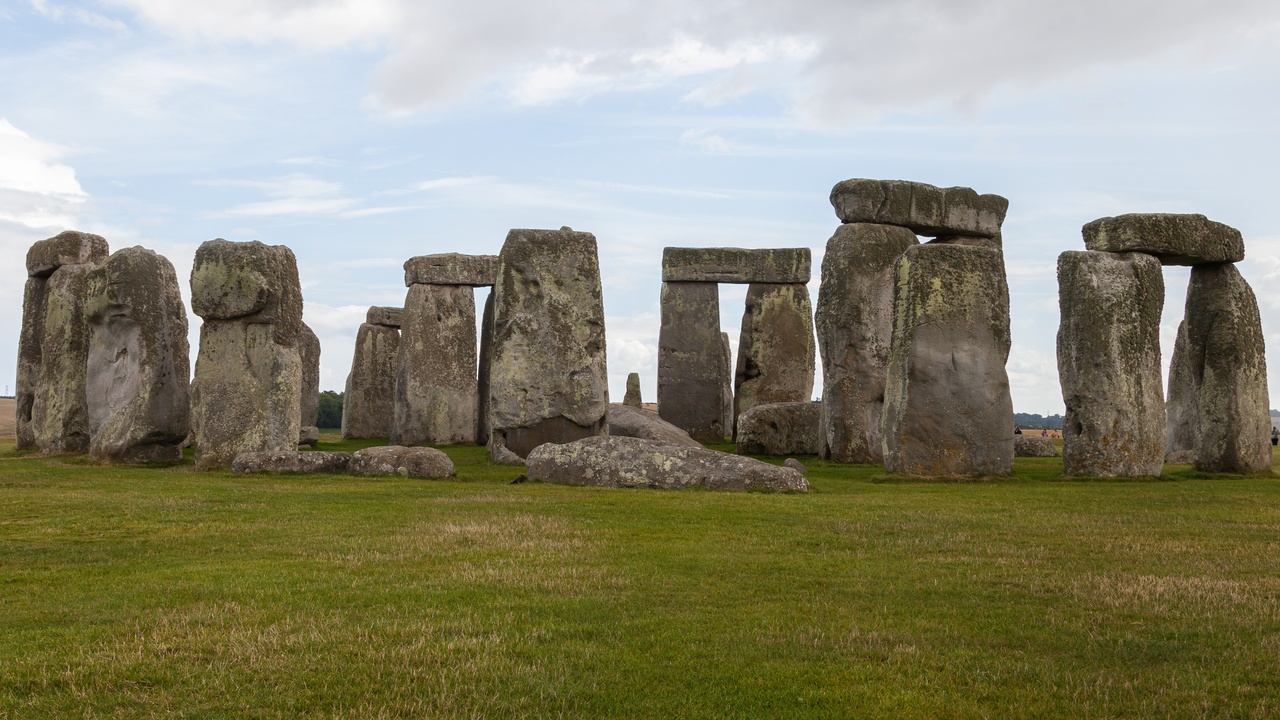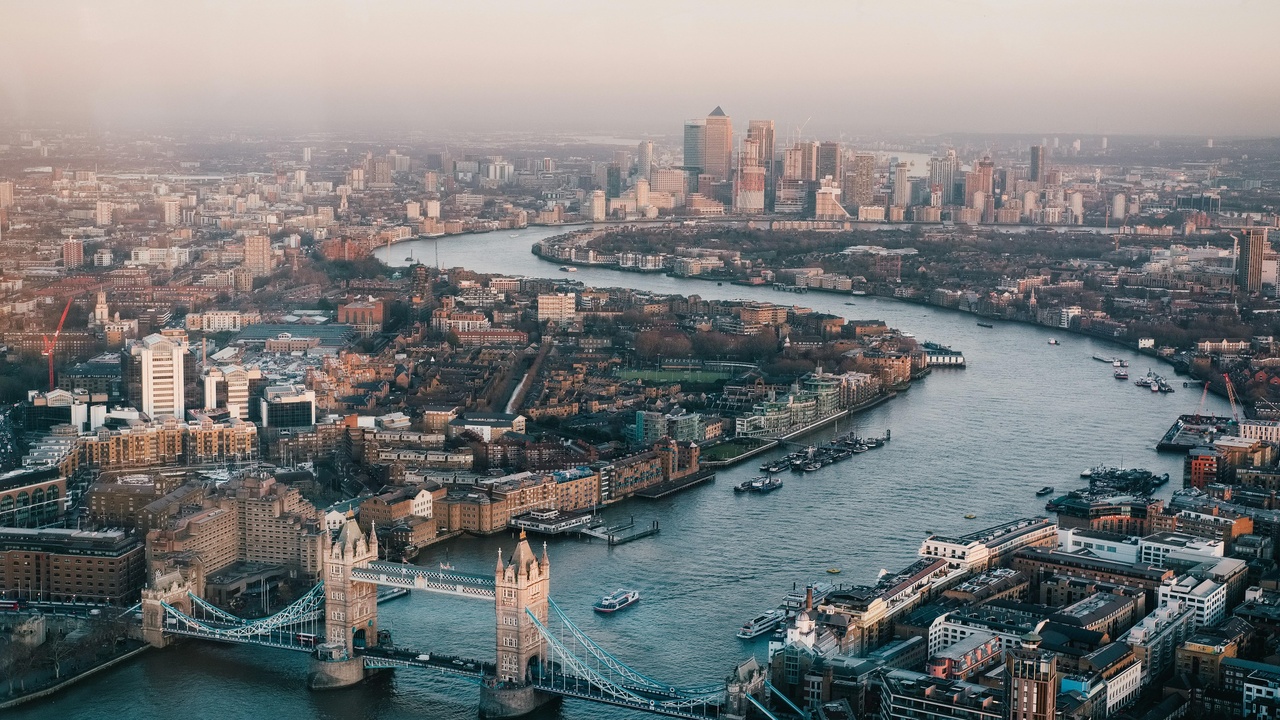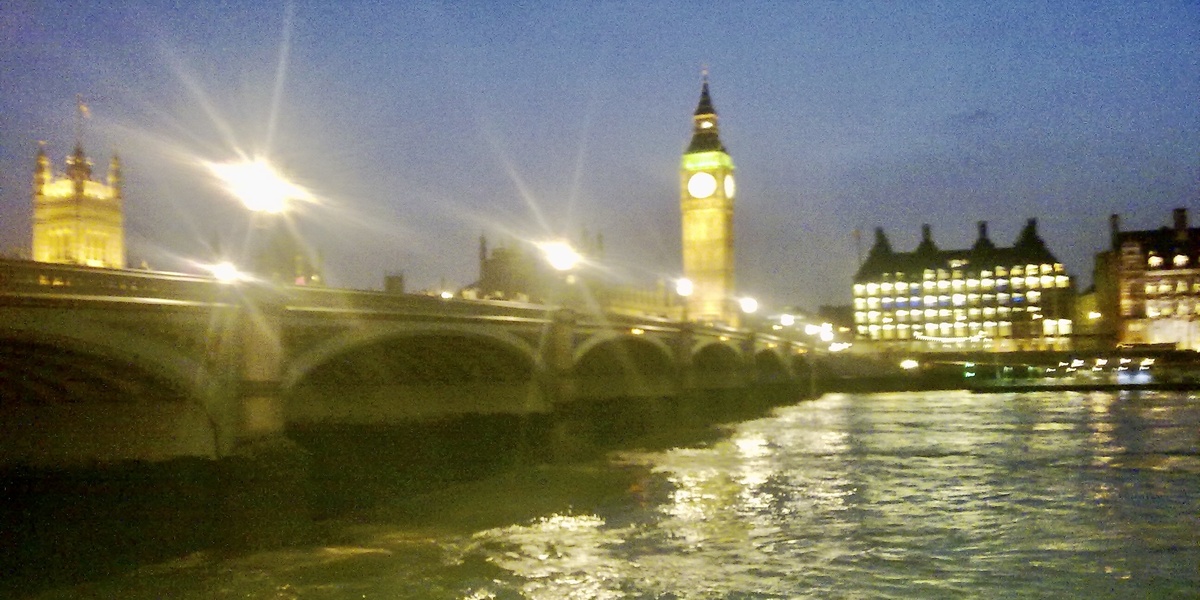A visitor in 1666 would have seen a very different London: the Great Fire reshaped streets, and the handful of buildings that survived still whisper stories stretching back centuries. Fast-forward a few centuries and that same city helped launch the world’s first underground line in 1863 and now anchors a nation whose sites range from prehistoric circles to modern galleries. Travel choices compete with limited time and budget, so pick destinations that deliver depth, variety, and easy logistics.
England packs ten compelling reasons to visit — from ancient stones and world-class museums to dramatic coastline and lively sporting traditions — each offering a distinct, memorable experience. Below are ten specific draws grouped into four categories: History & Heritage; Cities & Culture; Countryside & Outdoor; and Food, Sport & Events, with practical tips to help you plan.
History & Heritage

England’s history stretches from prehistoric monuments to archival imperial records, offering tangible links to many eras. Visitors gain context from sites you can touch and museums that hold millions of objects, all within easy reach of each other. This section covers three reasons to visit: ancient sites and archaeology, Roman-to-medieval remains you can walk, and world-class museums and archives with deep collections.
1. Ancient sites that span millennia
Benefit: you can stand beside monuments tens of centuries old. Stonehenge dates to around 2500 BCE and is part of a wider prehistoric landscape on Salisbury Plain that includes Avebury and burial mounds. UNESCO recognition and ongoing excavation mean displays and interpretation evolve as new finds emerge.
Visiting these places gives a tactile sense of prehistory and strong photo opportunities. Book timed tickets for Stonehenge in advance, aim for early morning light to avoid the crowds, and pair the visit with the Salisbury Museum for local archaeology displays.
2. Roman roads and medieval castles — history you can walk
Benefit: much of England’s Roman and medieval past is walkable. Hadrian’s Wall—built c. 122 AD—still traces the northern frontier and the Hadrian’s Wall Path provides day-hike sections with visible forts and milecastles. Many Norman keeps and castles remain intact.
Real-world options include day hikes along Hadrian’s Wall, touring Windsor Castle (one of the oldest continuously inhabited castles), or visiting family-friendly Warwick Castle with living-history events. Note seasonal opening hours and conservation entry fees when planning visits.
3. World-class museums and archives — free and deep
Benefit: England’s museums offer depth, and many national collections are free to enter. The British Museum holds millions of objects, including the Rosetta Stone; the Tate Modern stages major contemporary shows; and the National Maritime Museum charts naval history in Greenwich.
Use museums as rainy-day anchors, build educational itineraries, or book special exhibitions in advance. Researchers should check visiting rules at the National Archives in Kew for access to primary documents and catalogues.
Cities & Culture

England’s cities are cultural engines: theatre, music, galleries, and quirky neighbourhoods pack rich experiences into walkable areas. London’s metro area holds roughly 9 million people and the Underground—opened in 1863—links attractions, while regional hubs contribute distinct creative energy and culinary scenes.
This category highlights London’s landmarks and theatre scene; regional cities with their music, art and food; and literary and film locations that draw devoted fans. Public transit tends to be practical; budget for zone fares in London and consider railcards for longer trips.
4. London’s landmarks, theatre, and museums
Benefit: London concentrates world-class experiences in one metropolis. The West End offers packed theatre schedules, major museums (Natural History Museum, Victoria & Albert) offer free permanent displays, and the Thames provides scenic walks from Westminster to the Southbank.
Plan a three-day London loop that mixes a gallery morning, an afternoon market like Borough Market, and a West End show at night. Book West End tickets in advance for popular runs, and use the Underground or Thames Clipper to save time traveling across the city.
5. Regional cities with vibrant music, art, and food scenes
Benefit: culture isn’t confined to the capital. Manchester and Liverpool fueled global music revolutions, Bristol pulses with street art, and northern cities like Leeds and Newcastle have thriving food and festival circuits. Smaller cities have distinctive local identities worth an overnight stay.
Useful weekend trips include a gig in Manchester, a Beatles pilgrimage to Liverpool’s Cavern Club, or a street-art tour in Bristol. Check venue schedules in advance; many midweek shows and indie festivals offer excellent value and atmosphere.
6. Literary trails and film locations for fans
Benefit: fans can follow the footsteps of writers and filmmakers across real landscapes. Stratford-upon-Avon celebrates Shakespeare, the Lake District evokes Wordsworth, and many Harry Potter scenes were filmed in and around London and Oxford.
Map-based walking tours and guided trips make these sites accessible: visit Shakespeare’s Birthplace and Anne Hathaway’s Cottage, take photos at Platform 9¾ in King’s Cross, or join a guided film-locations walk in Oxford to see cloisters and college yards used in period dramas.
Countryside & Outdoor Adventures

England’s compact size makes varied countryside easy to reach: national parks, coastal paths, and manicured gardens sit within a few hours of major cities. The country has 10 national parks and numerous waymarked trails; the Jurassic Coast is a UNESCO World Heritage Site for its geological span.
Spring and autumn are ideal for walking—fewer midges in summer and lower chance of winter snow on higher fells. Trains and regional buses often access trailheads, but some remote routes need careful planning and weather-ready gear.
7. National parks and walking routes — ten parks to explore
Benefit: accessible wild landscapes across England vary from lakes to moorland and cliffs. The ten national parks include the Lake District, Peak District, Yorkshire Dales, and Northumberland National Park, each with waymarked routes of varying difficulty.
Choose short day hikes or multi-day treks: try Helvellyn or Scafell Pike in the Lake District for classic ridge walking, Stanage Edge in the Peak District for gritstone views, or sections of the Pennine Way through the Yorkshire Dales. Pack waterproofs and sturdy footwear; check train links for trailheads.
8. Dramatic coastlines, beaches, and gardens
Benefit: England’s coastline ranges from chalk cliffs to long sandy bays and world-class gardens. The Jurassic Coast’s fossil-rich cliffs run for 95 miles and attract fossil hunters, while Cornwall’s surf beaches and seaside towns offer a different seaside vibe.
Combine coastal walks with visits to gardens and estates such as Kew Gardens or Chatsworth House. For fossil-hunting, check tide times and guided walks near Lyme Regis; for gardens, aim for late spring and early summer when displays peak.
Food, Sport & Events

Social experiences—food, sport, and festivals—are core to English travel. From traditional pubs and afternoon tea to Michelin-starred kitchens, and from historic tennis at Wimbledon (first held in 1877) to Premier League football (established 1992), events offer lively ways to meet local culture.
Plan ahead for major events and peak dining times: book restaurants, afternoon tea slots, and match or festival tickets well in advance to secure the best options and prices.
9. Food culture and traditional pubs
Benefit: England’s dining scene blends comforting classics with modern innovation. Try afternoon tea, a proper Sunday roast, or gastropub dining alongside street-food markets and producers’ stalls in cities and towns.
Visit Borough Market in London for sampling and shopping, book an afternoon tea at a historic hotel for a special treat, or find a village pub for roast beef or a Cornish pasty. Tipping of around 10–15% in restaurants is common when service isn’t included; pubs rarely expect tips for bar service.
10. Sporting traditions and major events
Benefit: attending sporting events gives access to local passion and unique traditions. Wimbledon traces back to 1877 and still preserves queue culture for day tickets; club football offers high-energy matchdays from grassroots to Premier League stadiums.
Buy tickets early for big events, look for away-stand or family sections if you want a particular atmosphere, and use public transport on matchdays to avoid congestion. Other memorable events include the Cheltenham Festival for horse racing and county cricket in summer.
Summary
- Stand beside ancient sites like Stonehenge (~2500 BCE) and walk Roman frontiers such as Hadrian’s Wall (c. 122 AD) for palpable history.
- Experience city culture—from London’s theatres and museums (Underground opened 1863) to regional music and food scenes in Manchester, Liverpool, and Bristol.
- Explore ten national parks and dramatic coasts (the Jurassic Coast is a UNESCO site) within short travel times of major hubs.
- Enjoy a broad food scene and lively events—traditional pubs, afternoon tea, Michelin restaurants, plus sporting highlights like Wimbledon (since 1877) and the Premier League era.
- Pick an experience and plan: draft a 3-day city-plus-countryside itinerary, book timed tickets for key sites, and reserve theatre or match seats ahead to make the most of your trip.






